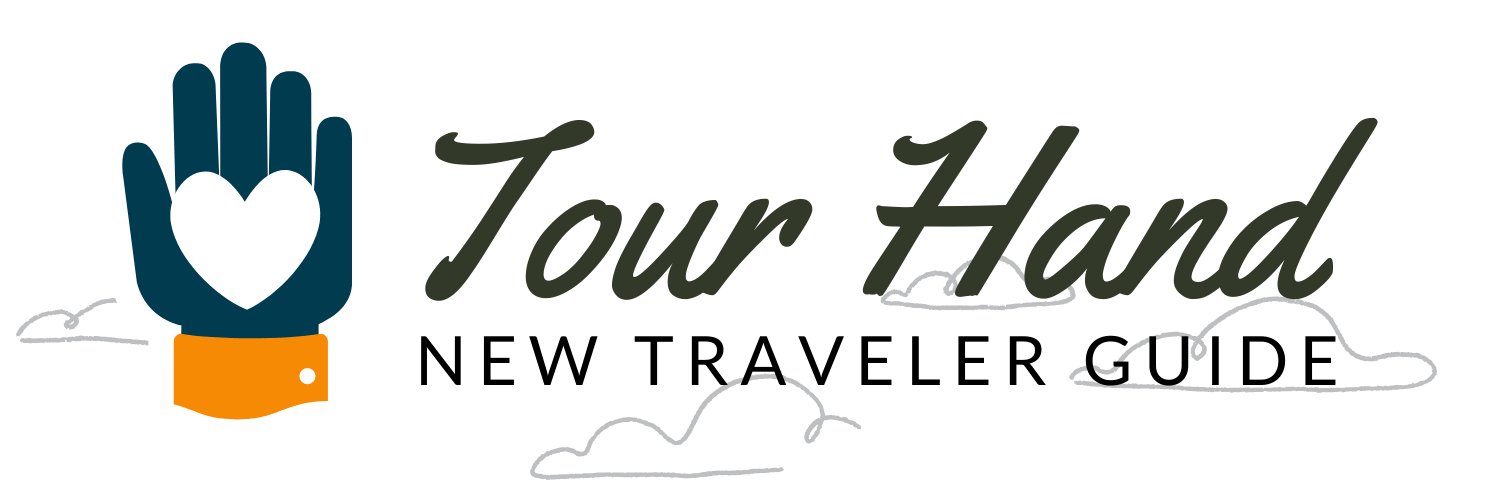Learn basic gestures and body language
When it comes to communication, words are not the only way we express ourselves. Our gestures and body language play a crucial role in conveying messages and understanding others. In this article, we will explore some basic gestures and body language cues that can help you improve your communication skills.
The Power of Non-Verbal Communication
Non-verbal communication refers to the messages we convey through facial expressions, hand movements, body posture, and other physical gestures. It is estimated that non-verbal cues make up around 70% of our overall communication. Understanding and utilizing these cues can greatly enhance your ability to connect with others.
Common Gestures and Their Meanings
1. Handshake: A firm handshake is often seen as a sign of confidence and trustworthiness. Avoid a weak or overly aggressive grip.
2. Eye contact: Maintaining appropriate eye contact shows interest and attentiveness. However, prolonged staring can be perceived as intimidating.
3. Nodding: Nodding your head while someone is speaking indicates that you are actively listening and understanding.
4. Crossing arms: Crossing your arms can create a barrier and signal defensiveness or disagreement. Keep your arms relaxed and open for a more approachable demeanor.
5. Smiling: A genuine smile can instantly create a positive atmosphere and convey friendliness.
Understanding Body Language
Body language involves the movements and positions of our bodies, which can reveal our emotions and attitudes. Here are a few key body language cues:
1. Posture: Standing or sitting up straight indicates confidence and attentiveness. Slouching, on the other hand, can convey disinterest or lack of confidence.
2. Gesturing: Using hand movements while speaking can add emphasis and clarity to your message. However, excessive or erratic gestures may distract or confuse your audience.
3. Mirroring: Mirroring someone’s body language can help establish rapport and show that you are engaged in the conversation.
4. Personal space: Respecting personal space is crucial. Invading someone’s personal space can make them uncomfortable, while keeping a reasonable distance shows respect.
Practice Makes Perfect
Improving your understanding and utilization of gestures and body language takes practice. Pay attention to your own non-verbal cues and observe others in different social settings. By becoming more aware of these subtle forms of communication, you can enhance your interpersonal skills and build stronger connections with those around you.
